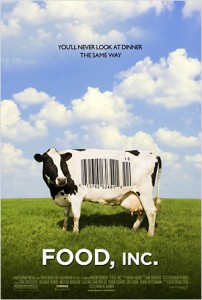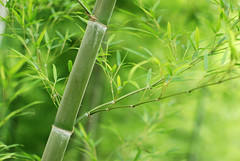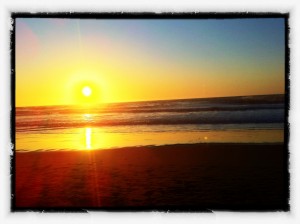 Last night, I attended a meeting hosted by SF Environment, a department of the city and county of San Francisco. I was in awe and inspired by how much one city can accomplish when it comes to educating the public about energy efficiency and environmental consciousness. Not only is San Francisco leading the domestic urban composting charge with a city-wide composting program, whereby the city mandates composting in addition to recycling, but the city is making the process of being an ecoconsumer easier and easier.
Last night, I attended a meeting hosted by SF Environment, a department of the city and county of San Francisco. I was in awe and inspired by how much one city can accomplish when it comes to educating the public about energy efficiency and environmental consciousness. Not only is San Francisco leading the domestic urban composting charge with a city-wide composting program, whereby the city mandates composting in addition to recycling, but the city is making the process of being an ecoconsumer easier and easier.
When I relocated here two months ago, I was astounded at how commonplace composting was – the city simply places compost bins throughout the city and provides them to each city resident. In addition, SF Environment provides free compost containers for your kitchen so you can easily discard of food scraps. The city has also instated a ban on styrofoam and plastic bags and provides easy access for toxic waste disposal and removal. Thus far, the plastic bags ban remains in effect predominantly at larger retailers, however, SF Environment expects to push this ban across a wider market.
And the data is impressive. Over 5,000 restaurants and businesses, in addition to city residents, compost over 600 tons of food scraps and other compostable materials each day. This compost is then used to produce and foster the organic food sold to these same restaurants and consumers. The cycle is continuous and is saving the city money by reducing the amount of food waste that goes to landfills. In fact, today SF recovers a remarkable 77% of the materials it discards, bringing the city closer to its goal of zero waste by 2020.
Like San Francisco, Cambridge has also focused on recycling and waste reduction for several decades, which is why waste currently contributes only 1% of greenhouse gas emissions. Residents can bring compost to the DPW recycling center and to the local Whole Foods stores. While composting and waste reduction are excellent everyday actions that residents can do to reduce waste, there are also other ways to make a big impact on the City’s greenhouse gas emissions through energy efficiency in one’s home or business. Heating, cooling and lighting buildings contributes to 80% of greenhouse gas emissions. In addition, a free home energy audit can address energy waste, helping move Cambridge toward zero-waste in both recycling and energy usage.
Cities like San Francisco and Cambridge are leading the way in the United States when it comes to progressive environmental measures and programs. It’s truly a win-win situation that other cities across the United States, and the world, should emulate for a more prosperous, sustainable and localized economy.



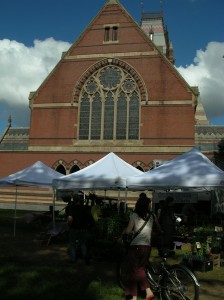
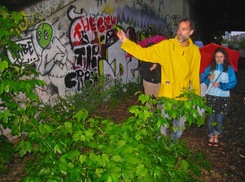 Last week we went on an
Last week we went on an 
